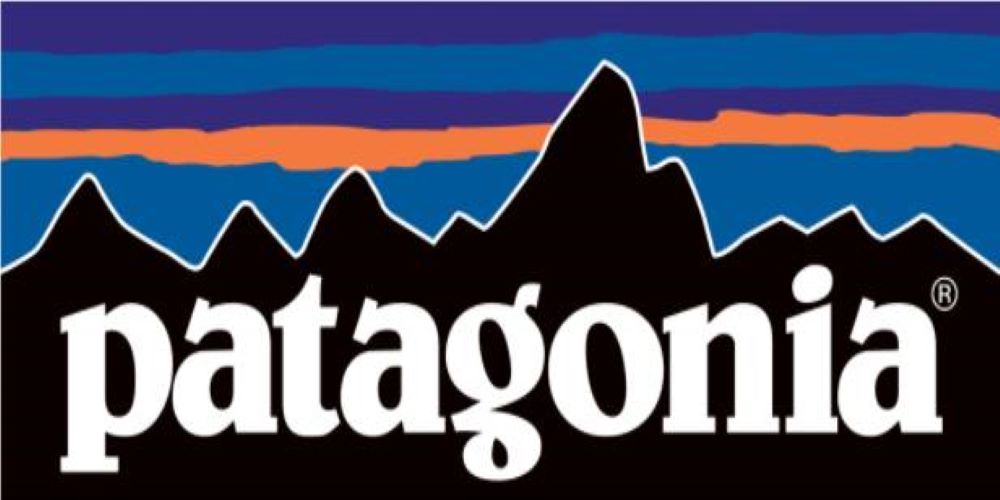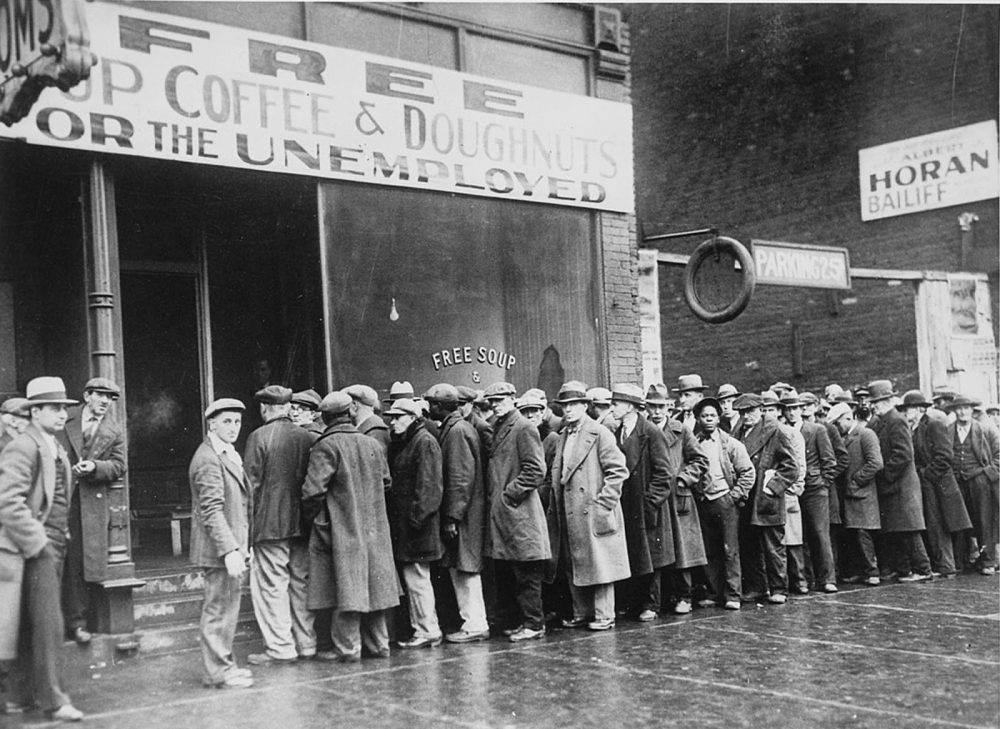
DAVIS KEDROSKY – APRIL 16TH, 2020
EDITOR: PINJA VUORINEN
When the lights go out at North American ski resorts, they all go out at once. The simultaneous closures of Alterra Mountain Company and Vail Resorts in the face of COVID-19 shuttered 49 of the continent’s biggest properties, from Whistler Blackcomb in British Columbia to Stratton in Vermont, and sent passholders, lift operators, and local businesses across the continent reeling at the prospect of missing a half-season of powder days and income. Apart from the vulnerability of public entertainment to viral transmission, the move highlighted the staggering extent to which the ski industry—faced with global warming, demographic shifts, and a protean business model—has consolidated in the last three years. The Marxian prophecy of destructive capitalist competition has come true in the most unassuming of places, transforming the pastime once synonymous with winter in the American West.
Admittedly, resort combination is as old as the modern industry itself. After three decades of rapid expansion, the number of ski hills in the United States peaked at over 700 during the 1980s, rising from 78 to 580 between 1955 and 1965 alone. Since then, competition and high operation costs have driven that figure down below 500. Once the 15 percent annual growth rates of the 1960s disappeared alongside the fading of the baby boom, a slew of independent resorts became unsustainable, devoid of a share in the shrinking national market. So did the idea that revenue should come solely from running lifts service. Companies like Intrawest, primarily a property developer, began buying up ski hills in the 1980s on the premise that building and selling rental condominiums in base towns could be more lucrative—a move that many small operators, unable to invest in grand European-style hotels, had already made. Moreover, the massive fixed-cost infrastructure requirements—snow-making machines, high-speed chairs, modern restaurants and chalets—that arose during the same period favored large firms and collectives. Resort skiing, in short, has rarely been just about the snow.
Even proponents of consolidation concede that this time is different. In 2008, Vail, seeking to break free of competition with Colorado, launched the Epic Pass, which gave holders unlimited access to five company-owned resorts. That total has expanded to 34 over the following decade, and now includes access to 26 partner locations in Europe. Vail’s gamble, the brainchild of private equity investor Robert Katz, was that replacing the traditional pricing model—variable-price day passes and exorbitant season tickets—with a single pre-season purchase would both attract consumers and offer a more stable revenue stream. In essence, both conglomerate and consumer can hedge against any one resort having a bad winter, a policy dubbed “snow insurance.” Revenue sharing allowed hills experiencing down years to borrow the profits of the more fortunate. Though still far pricier than the single-day ticket, the Epic Pass (now at $979) was paradoxically cheaper than the normal season passes sold at most individual resorts. Vail sacrifices face value for consistency, hoping that the risk-averse consumer will do the same. Management hopes that increased spending on food, hotels, and other merchandise will help to make up the difference.
It seems to be working for almost everyone. Vail had 750,000 Epic Pass members as of 2018, to the dismay of industry pundits and admiration of business journalists. However, that year their success inspired the creation of Alterra, which now operates fifteen resorts in the United States and Canada. Alterra offers the equivalently-priced Ikon Pass as a direct competitor on the collective-pass market, and was rumored to have exceeded an initial target of 250,000 sales in year one. Independent resorts threatened with unsustainability have voluntarily joined the two conglomerates. Bill Jensen, the CEO of Colorado’s Telluride, notes that he does not “pay anything to Vail Resorts for being an alliance partner,” but is “paid for every scan of every Epic pass by Vail Resorts.” Buyers are benefiting, too: those who ski more than ten days a season save the money once spent on $150 day tickets. For the potential passholder, skiing is cheaper than ever before.
The quality of experience, however, is rapidly declining. Locals in towns like Jackson Hole, Wyoming, complain that joining the Ikon system has led to longer lift lines, larger crowds, and overflowing parking lots. Since passholders can visit any in-network location at any time, resorts have seen an unprecedented synchronization of crowding on powder days, with wait times for in-demand lifts lasting hours and colossal traffic jams clogging narrow mountain roads to base lodges. Social media has exacerbated the problem by instantaneously alerting skiers to snowfall nationwide. Thus if a foot falls in Lake Tahoe, skiers in Southern California, Utah, and Colorado will all converge there for the weekend, straining limited infrastructure. It’s a microeconomic dilemma that resembles, albeit sporadically, Garrett Hardlin’s formulation of the “tragedy of the commons.” With an unlimited pass powder days are seriously underpriced, especially in poor winters. Indeed, they are overconsumed to such an extent that skiers spend more time waiting for the snow than actually enjoying it. Resorts have ameliorated the issue by raising prices on popular holidays (effectively a consumption tax), but fixed-price tickets and the unpredictability of snowfall defy this sort of remedy.
“Vail” and “Ikon” have become synonymous for corporate crudity in the ski community, deliberately privileging highbrow consumerism over loyal customers. However, it’s unclear whether the industry can retreat. Visits per year declined from 60.5 million in the 2010-2011 season to 53.3 million in the 2017-2018 season, and active skiers and snowboarders were estimated to constitute only 2.6 percent of the American population, down from 3.2 percent in 1996. As the market for resort skiing contracts, Vail and Alterra are responding by extracting higher revenue from a smaller customer base by targeting the wealthy demographic that can afford to shell out a thousand dollars a year on a ski pass—not to mention equipment, travel, and lodging. Vail explicitly announced a preference for “luxury-focused content based on income.” Moreover, the high fixed costs of operating a resort, especially one aimed at the upper-middle class, can only be circumvented at scale. Few independent resorts can make the infrastructure investments needed to modernize facilities. Jackson Hole CEO Mary Kate Buckley somberly admitted that if she “had chosen not to participate in one of those passes skier visits might have dropped to levels at which we could not sustain our operations.”
Existential crisis, of course, was a characteristic prediction of Karl Marx, who claimed that capitalist societies were inevitably wracked by bouts of overexpansion that necessitated “enforced destruction of a mass of productive forces … the conquest of new markets, and … the more thorough exploitation of the old ones.” In the absence of technological progress, the only viable outcomes for the contracting skier market involve a reduction in the number of firms to those with low average total costs and unsustainable extraction from existing consumers. Although Marx was wrong about most economies, the demographic-driven development of American skiing bodes poorly for this aging society, already ridden with inequality and concentration. Perhaps the “Ikonification” of mountain towns represents the shape of things to come.
Featured Image Source: Out There Colorado
Disclaimer: The views published in this journal are those of the individual authors or speakers and do not necessarily reflect the position or policy of Berkeley Economic Review staff, the Undergraduate Economics Association, the UC Berkeley Economics Department and faculty, or the University of California, Berkeley in general.



